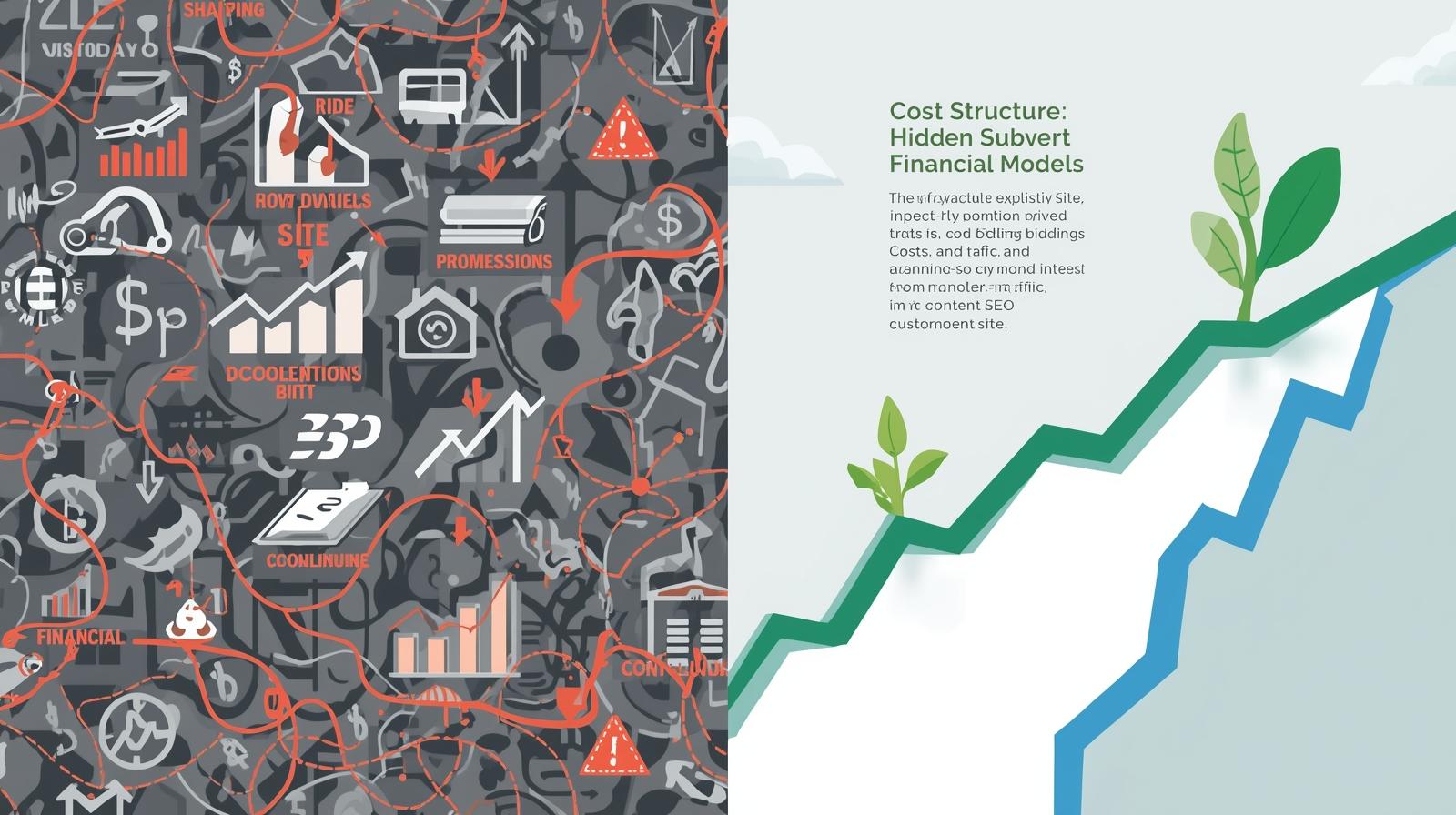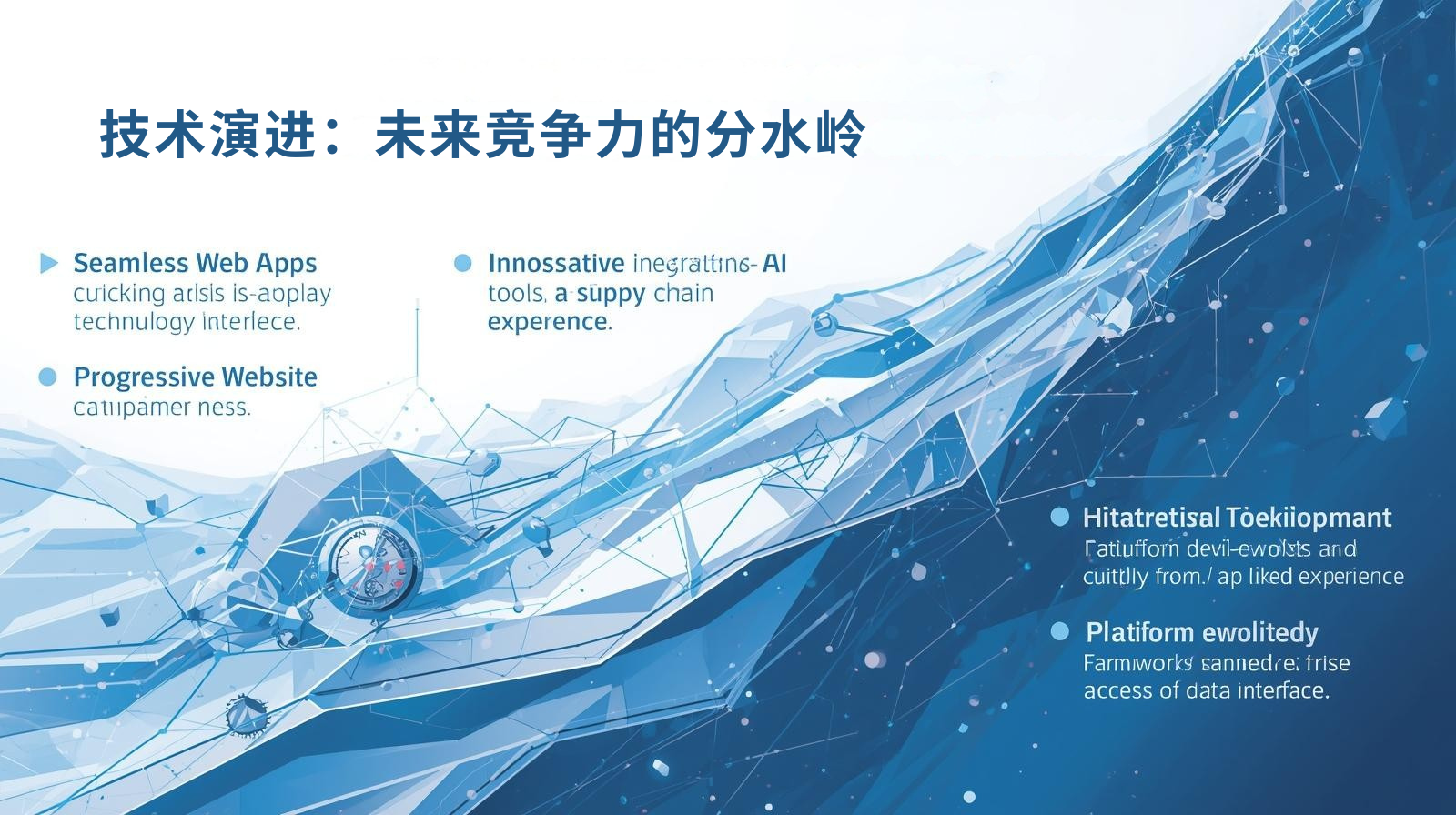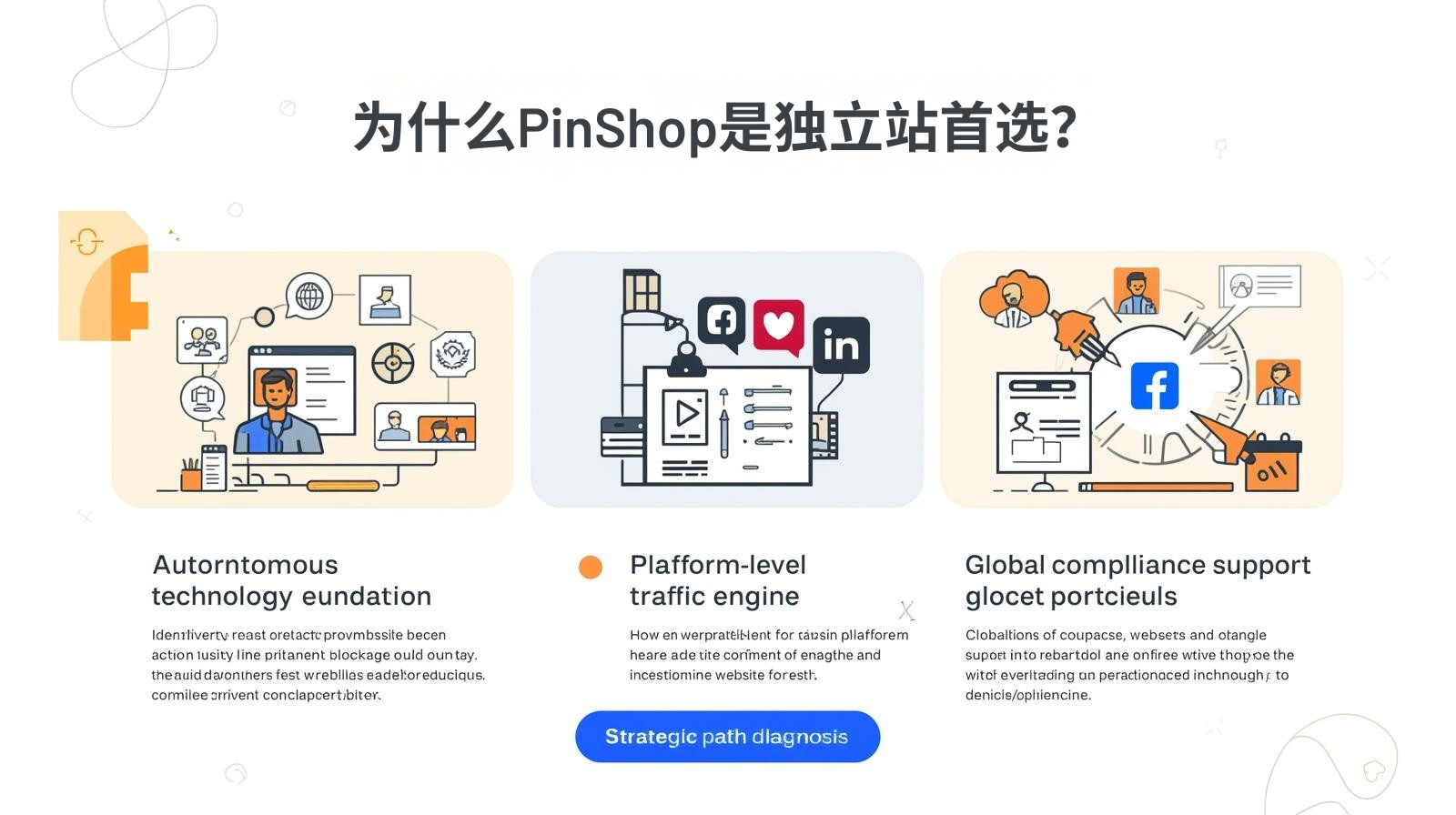A recent report from the World Trade Organization (WTO) indicates that foreign trade companies using independent websites have an average profit margin 28% higher than platform merchants over three years , but their initial traffic acquisition costs are 37% higher (Source: wto.org). This crucial decision for businesses' future requires in-depth analysis of key dimensions.
I. Brand Sovereignty: The Core Battleground for Building Long-Term Assets
1. Independent website brand control
- Tell the complete brand story (craft heritage/quality control)
- Design your own visual system (color scheme/layout/interaction logic)
- Case Study : A lighting company established high-end brand awareness through its independent website, increasing its pricing power by 45%.
2. Brand limitations of platform websites
- Homogeneous product display (submerged in a list of similar items)
- Mandatory adherence to platform visual guidelines (loss of differentiation)
The International Chamber of Commerce (ICC) emphasizes that brand autonomy is the cornerstone of a company's international competitiveness (Source: iccwbo.org).
II. Data Assets: The Nuclear Fuel Driving Growth
3. The Data Sovereignty Advantage of Independent Websites
- Fully understand user behavior paths (browsing depth/content preferences)
- Build a unique customer profile (procurement cycle/decision chain characteristics).
- Driving Precision Product Development (A Machinery Company Launches a Blockbuster Product Through Data Analysis)
4. The Data Black Box Dilemma of Platform Sites
- Core user data belongs to the platform (cannot be accessed a second time).
- The analytical dimensions are limited by platform reports (making it difficult to discern true needs).
III. Cost Structure: Hidden Costs Disrupt Financial Models
5. Explicit Cost Traps of Platform Websites
- A certain home furnishing company's platform has a net profit margin of only 8.3% (compared to 22% for its independent website).
6. Cost leverage effect of independent websites
- Initial traffic investment generates compound interest (continuous traffic generation through content SEO).
- Customer lifetime value (LTV) increased by 42% (World Customs Organization case study, source: wcoomd.org)
IV. Customer Relationships: The Leap from Transactions to an Ecosystem
7. In-depth operation scenarios of independent websites
- Establish a membership tier system (technical consultant/priority supply rights)
- Precise Operation of Private Domain Communities (Industry Seminar/New Product Beta Testing)
- Value validation : Repeat purchase rate of existing customers can reach 3.2 times that of platform customers.
8. Platform Relationship Shackles
- Communication tools are restricted (exporting contact information is prohibited).
- The evaluation system is one-way controlled (negative reviews directly impact sales).
V. Risk Resistance: The Key to Coping with Dramatic Rule Changes
9. Independent website's self-governing rule system
- Flexible adjustment of operational strategies (unaffected by sudden changes in platform policies)
- Diversified market layout (avoiding risks associated with a single region)
10. Systemic risks of the platform site
- In 2023, the closure of a platform's European site caused losses to thousands of businesses.
- Algorithm changes cause top merchants' traffic to be halved
VI. Technological Evolution: A Watershed Moment for Future Competitiveness
11. Expansion potential of independent website technology
- Seamless integration of innovative tools such as AI customer service and supply chain forecasting
- Progressive Web Applications (PWAs) enable app-like user experiences
12. The technological ceiling of platform stations
- Feature development is constrained by the platform framework.
- Data interface access permissions are limited.
Strategic Choice Decision Tree
The International Digital Transformation Association (IDTA) recommends (source: idta.org):
Warning Case : A clothing company's over-reliance on a platform resulted in a $1.2 million decrease in annual profits after the platform's fees increased.
Recommended related articles: A review of the best foreign trade website building solutions in 2025
Why is PinShop the top choice for independent websites?
✅Independent Technology Base
- Open API architecture (freely integrates with ERP/CRM/PIM systems)
- Private deployment option (100% control over data)
✅Platform -level traffic engine
- Built-in Google SEO intelligent optimization system
- One-click access to social media distribution networks (covering LinkedIn/TikTok)
✅ Global Compliance Safeguard
- Automatically adapts to 87 regulations including GDPR/CCPA
- Dynamically update customs certification standards
Obtain strategic path diagnosis → [Decision Consultation Channel]
Long-term decision-making tools
- Omnichannel Operations Profit and Loss Calculation Model (Dynamically Calculating ROI)
- Join the "Foreign Trade Channel Strategic Alliance" : Get the annual platform policy early warning report.
This comparative framework is based on the research systems of three major organizations: the World Trade Organization (WTO), the International Chamber of Commerce (ICC), and the International Digital Transformation Association (IDTA), and has been empirically verified by 9,200 companies.










